
I love anything vintage. Literally anything. Vintage homes, vintage clothing, vintage decorations, just the overall vintage aesthetic and you can count me in. And so, naturally, when I first stumbled upon Post Mortem Photography (also known as Memorial Photography and Mourning Portraits), I was immediately enamoured by the history.
(Just a heads up, this post will contain images of deceased persons. If that makes you uncomfortable, please don’t read further!)
PM photography was utilized during the Victorian era, when photography was a burgeoning business, and a poor-man’s alternative to expensive portraiture paintings.
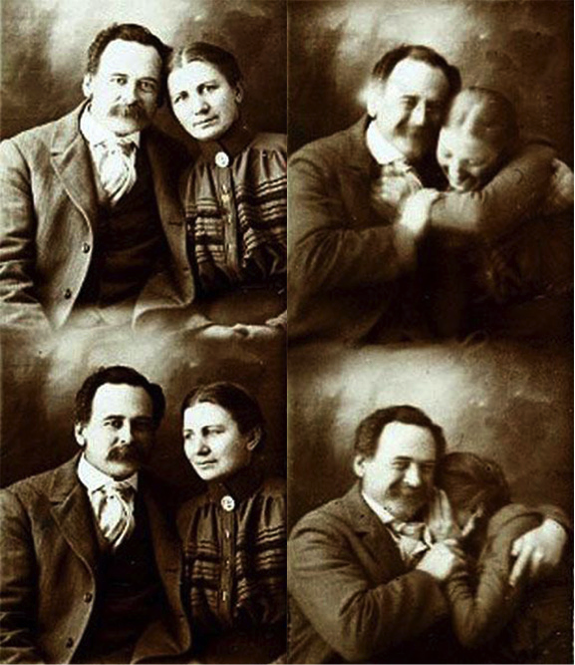
These folks are very much not dead
What made the photography so difficult and time consuming was due to the process of making the photograph. In the beginning, all photographs were created using the daguerreotype process, which was an original form of film photography.
A sheet of silver-plated copper would be exposed to certain fumes that would render its surface light-sensitive, and then would be exposed through a lens to the subject wishing to be photographed. (Honestly, the entire photographic process is so interesting, I could talk about it for an entire series of posts, but I digress. If you want to know more, here’s a helpful wikipedia link.)
The point I’m trying to make here is: with this type of exposure, the person having their photo taken would have to sit completely still from 15 seconds up to sometimes 30 minutes, otherwise risk appearing blurry. This was not the era we live in now, where beautiful portraits can be snapped within 1/2000th of a second.
With this in mind, of course it would make sense to photograph a person shortly after their passing. They would be completely motionless, and therefore appear crystal clear in the end product photograph. (Wow, that sounds way more morbid than I thought it would.)
Myth: “Posing Stands” were used to prop up bodies, making them appear as lifelike as possible.
Truth: This rumor has been circulating the internet since the first PM photos appeared online, and while the imagery makes it more gruesome and creepy, it’s simply not the truth.
While posing stands were completely real, and their purpose was indeed to keep people standing still (particularly children– can you imagine keeping a kid perfectly still for up to 30 minutes?) they weren’t designed to hold up corpses.
The weight of a corpse itself would be too much for a small wooden support, first of all. Secondly, those photos in which a “corpse-stand” is perpetuated, the bodies still manage to stand completely straight without even a slouch. While you may argue “their body posture is too stiff for them to be alive!”, it really is because the stand forces them to remain still, locking them in place by oftentimes the waist, as well as the head.

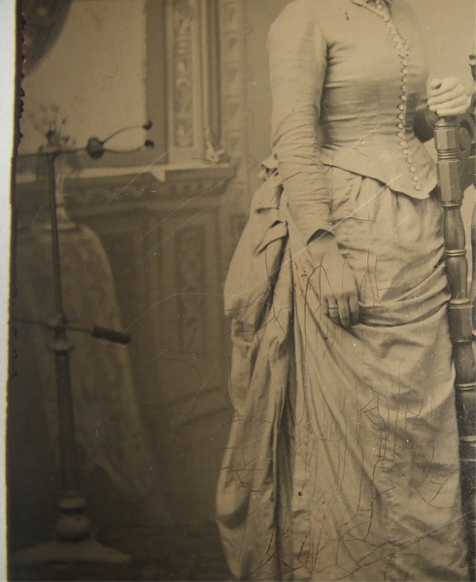
The truth is, most PM photography compositions consist of an infant, a child, or an adult laying on their backs, whether that be in a coffin, on a couch, a bed, etc. etc.
(I don’t want to make a blanket statement claiming there were never any photographs where a body was propped up into a standing position, though. I’m sure there were. Some photos online even make me wonder how “true” the “truth” behind the posing stand is, as if the human sense in my brain is alarming like, “wait, something doesn’t seem right here.” What do you think?)
Myth: The dead would have eyes or irises painted over their lids, to make them appear more alive.
Truth: While there certainly was the practice of painting eyelids on a person (mostly on the photograph after processing), and it certainly was done with the intention of making a person seem more lifelike, it isn’t because they were dead pretending to be alive– it was because they were alive, but appeared dead.
Because of the long exposure time required for this type of photography, if a person were to glance around too often, or blink too many times, their pupils may end up appearing blurry, or simply missing. Of course, then, it would make sense to add them in post-production! (No lies here, some of them certainly are a little unsettling. Photoshop in the late 1800s/early 1900s was not exactly effective.)
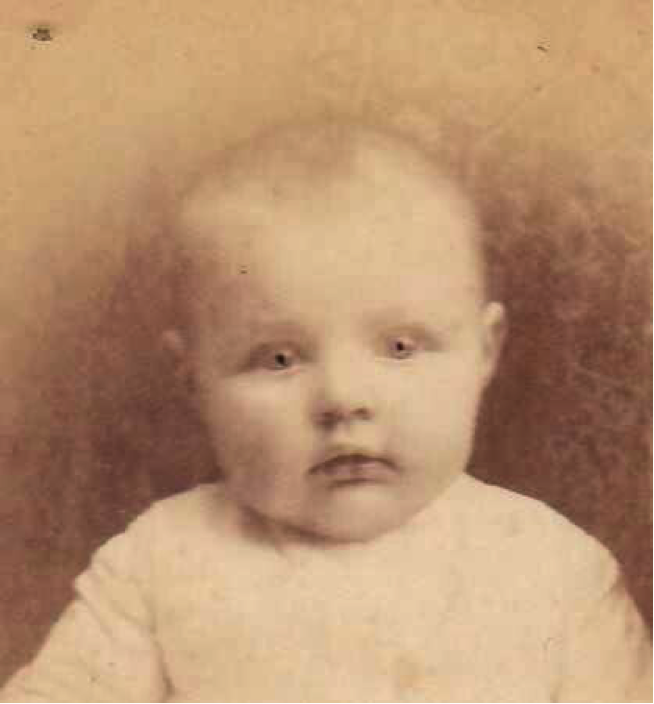
Yikes
Myth: Photography was too expensive for most people to afford, so they waited until a memorial photograph was needed for a lost family member.
Truth: While I touched on this fact a bit in the intro, it was true that perhaps in the beginning after the initial invention of photography that its expense was too much for most people to afford, but as the practice grew more common, photographs because much less expensive and more commonplace. (Hence the falling popularity of PM, as families would have more than one photograph of their children throughout their lives, instead of only one singular opportunity upon their deaths.)
While post mortem photography is not exactly what the internet claims it to be (the practice of propping up corpses amongst family members for one last chance at creating a memory), there’s still no denying that the real thing can be just as upsetting to a lot of people.
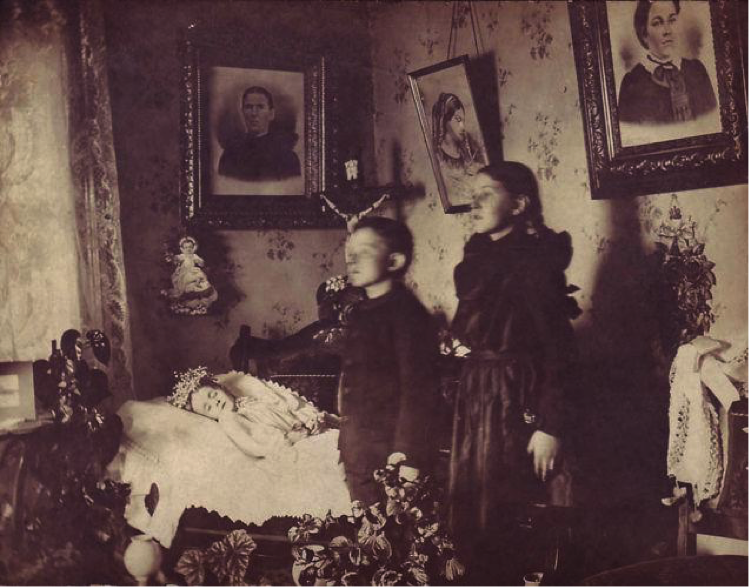
Personally, and I’m 100% sure I’m not alone here, I find it absolutely stunning, and beautiful, and quite poetic. The thought of a person so desperately caring for and loving a family member that they need just one last thing to remember them by, isn’t that such a fascinating aspect of the human condition?
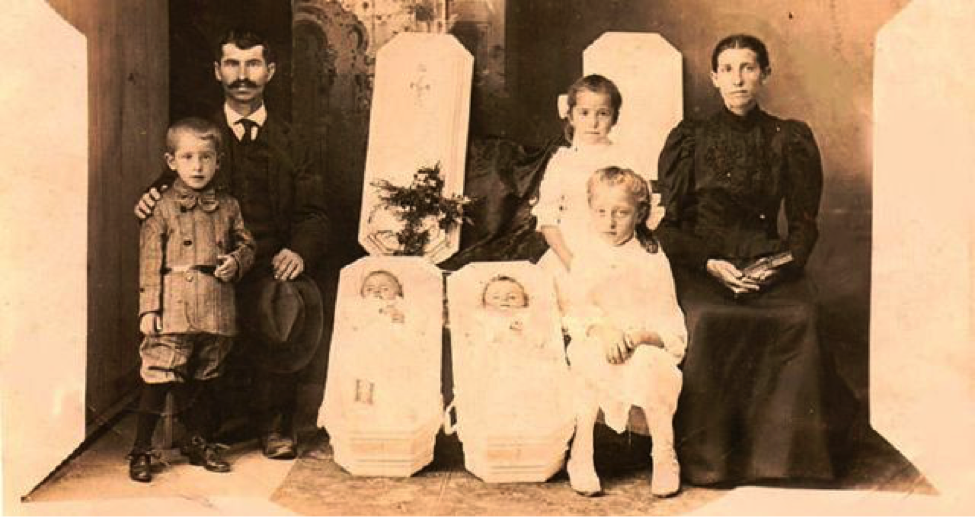
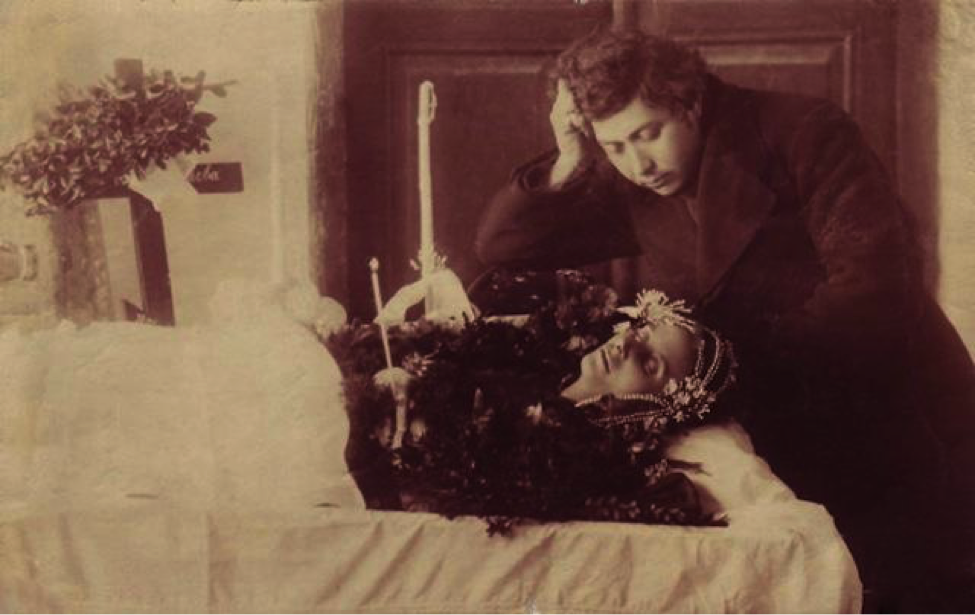
If you’re interested in reading up on more, check out these sites:
http://www.skepticink.com/incredulous/2016/06/19/myth-victorian-post-mortem-photography/
http://cabinetofcuriosities.ca/pictures-of-the-dead-the-truth-about-post-mortem-photography/
https://funerealephemera.wordpress.com/on-postmortem-photography/
Kelsey graduated from Boise State University with a BA in Visual Arts, and is currently working as a freelance writer, while doodling anime on the side with one hand and petting cats with the other.

Fascinating yet creepy at the same time.
Thank you! I already have ideas for future installments, I hope you’ll continue to enjoy them!
These photos are a bit like a train wreck. You don’t want to look, but you have to. I looked. I hope I don’t have nightmares.
LOL! They are a bit “train-wreckish,” aren’t they? And I hope they didn’t give you nightmares either!